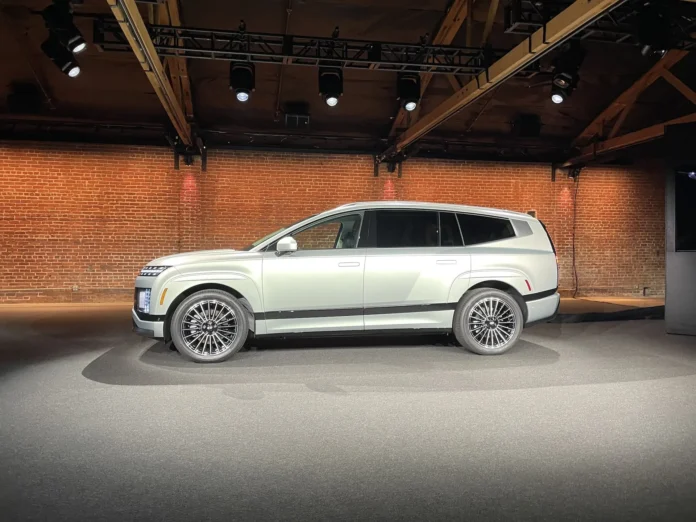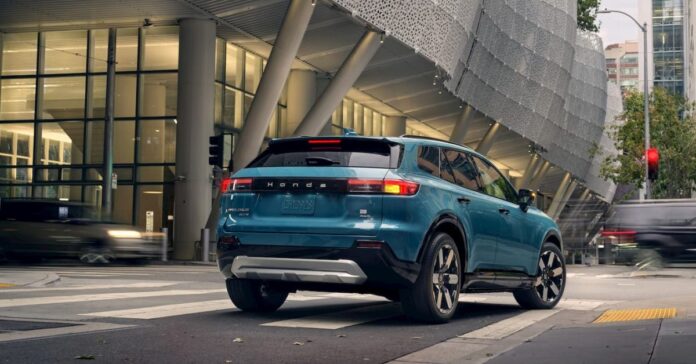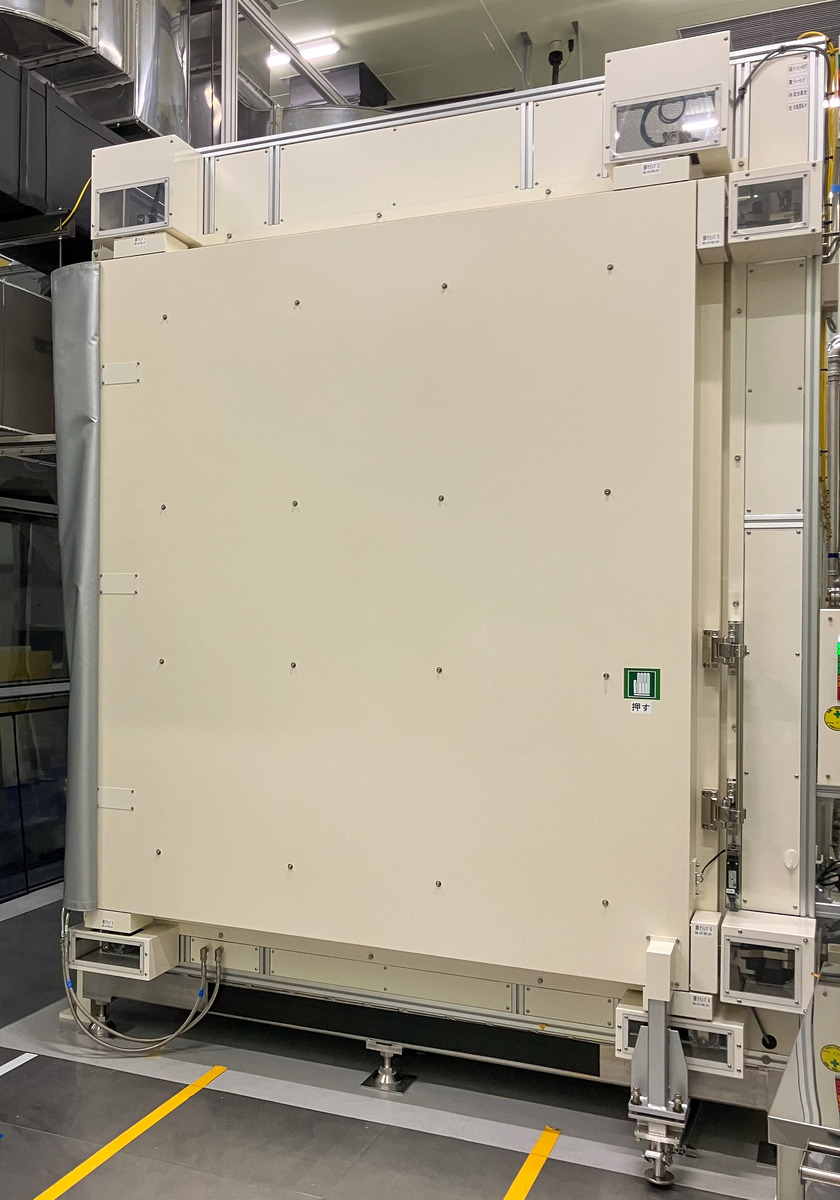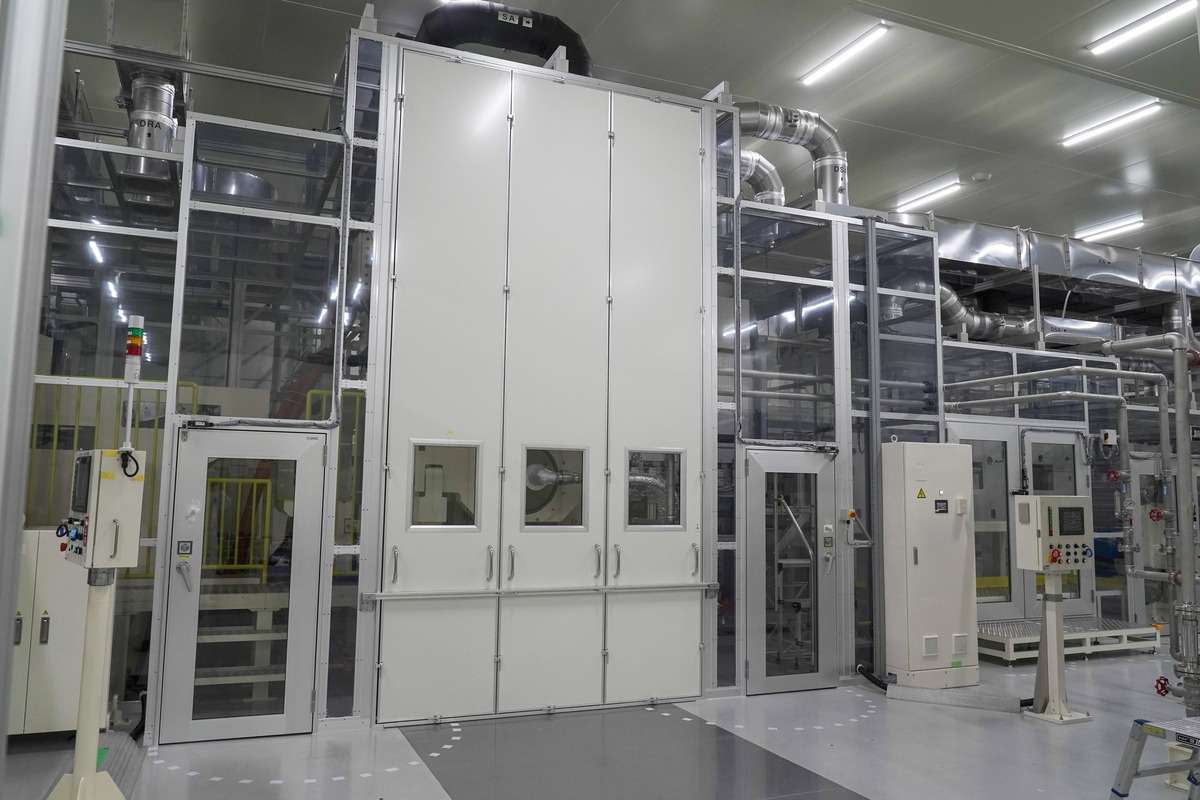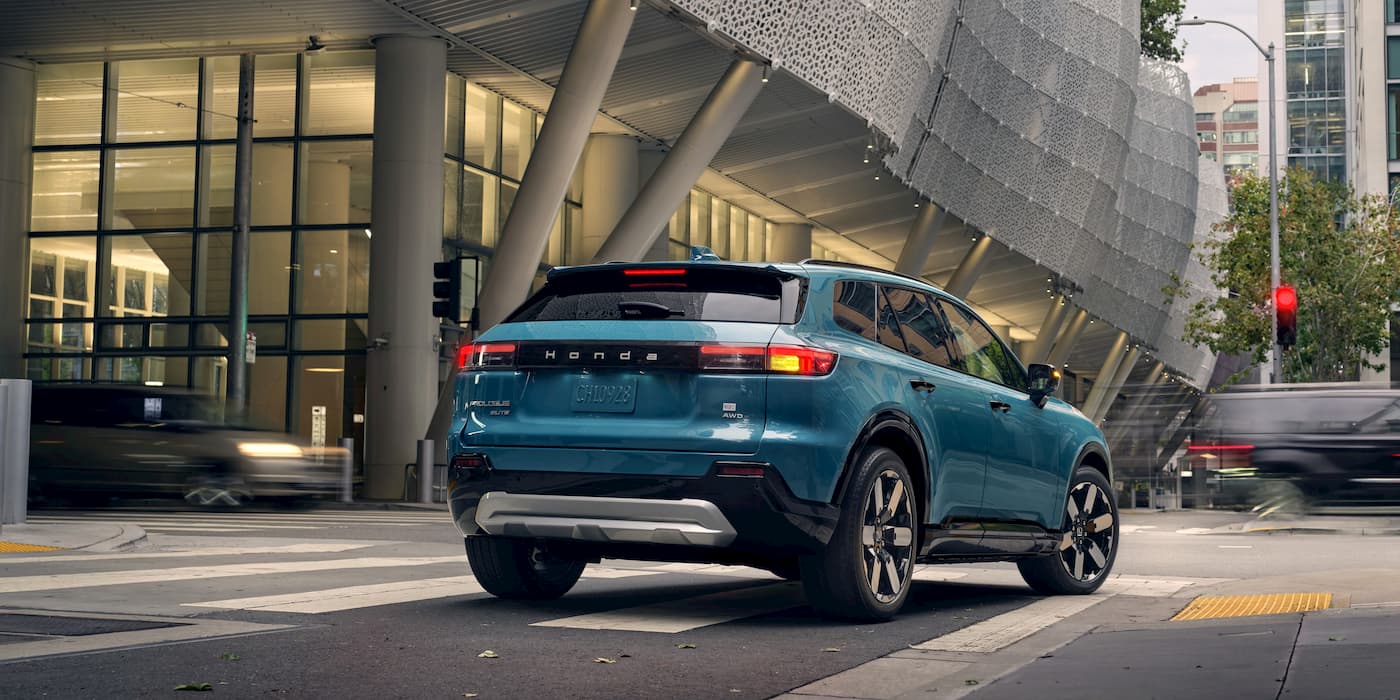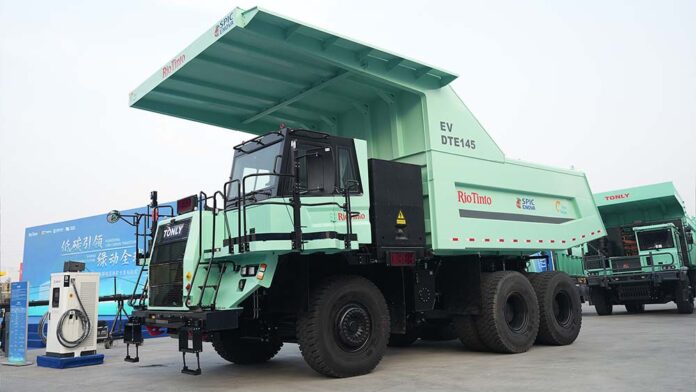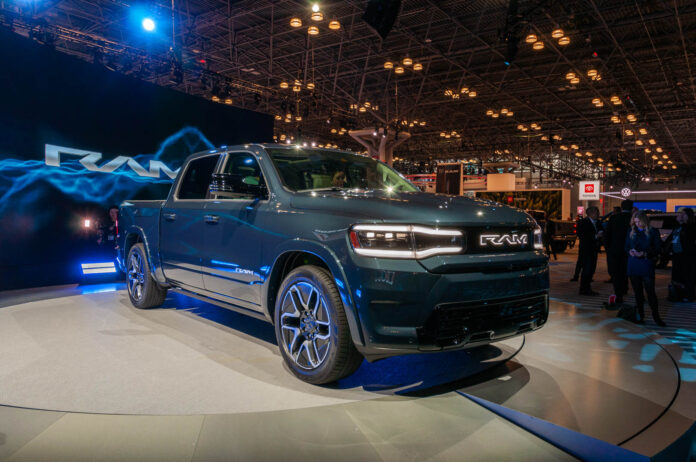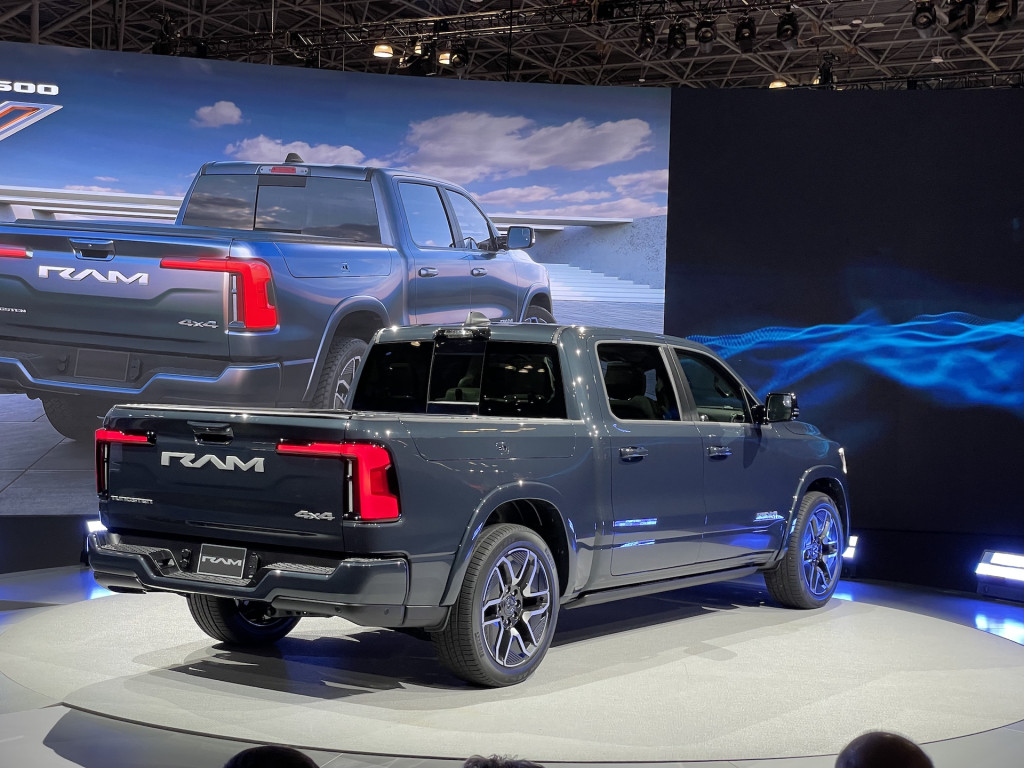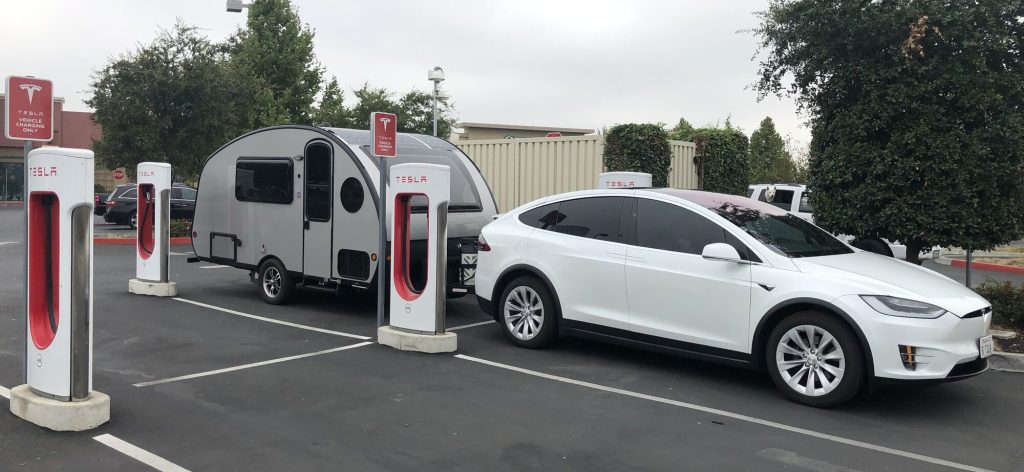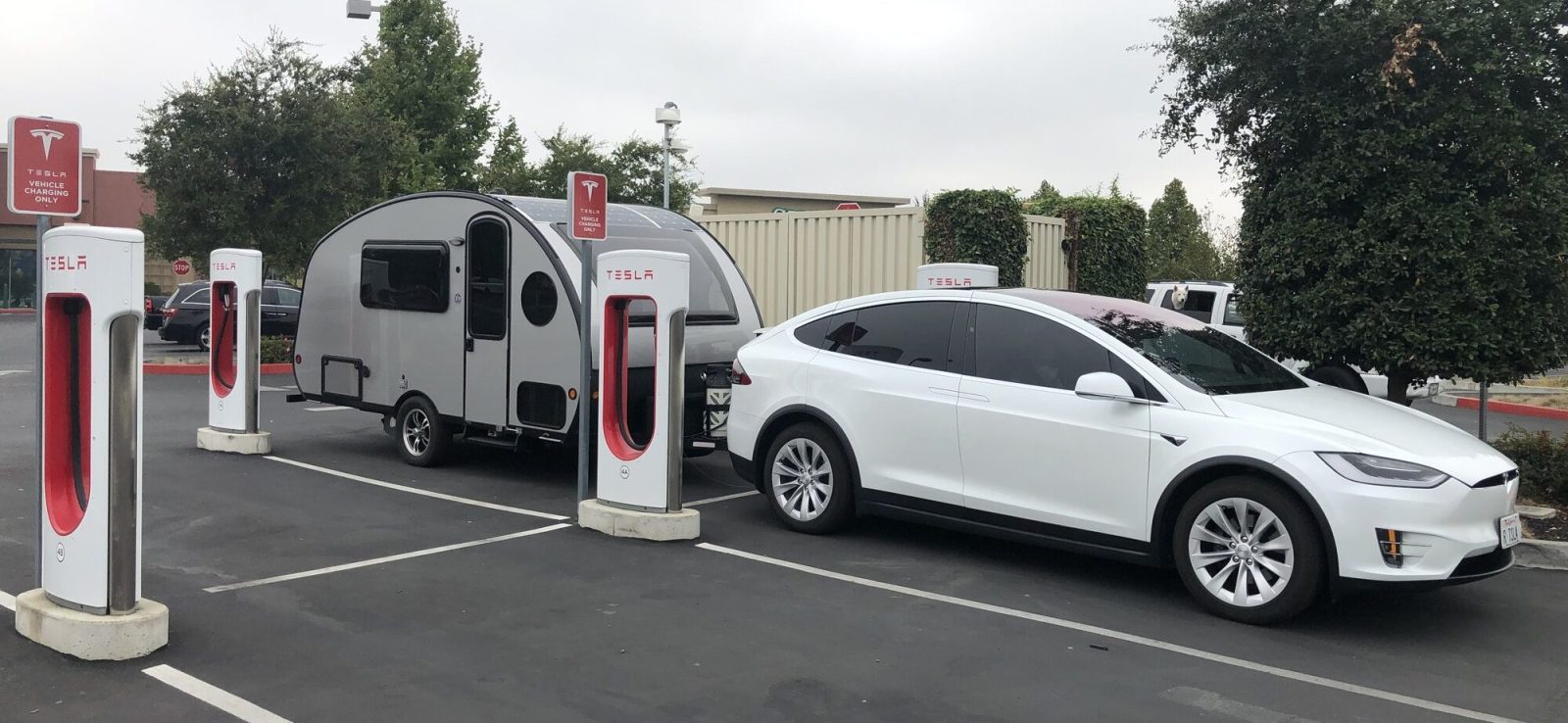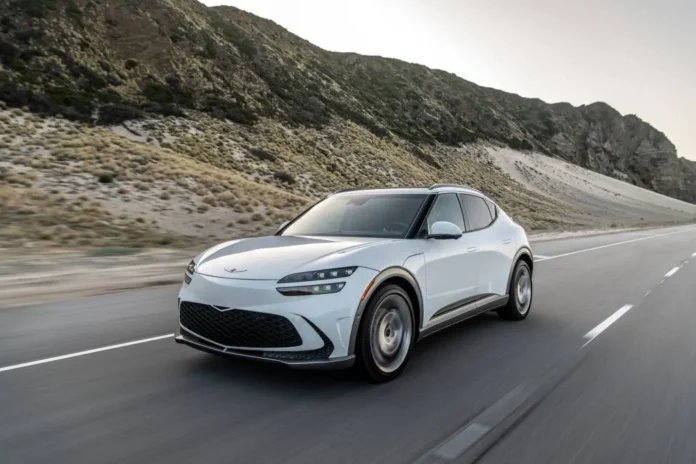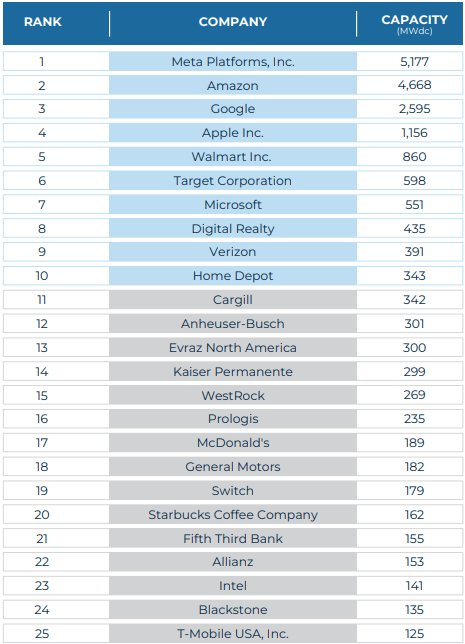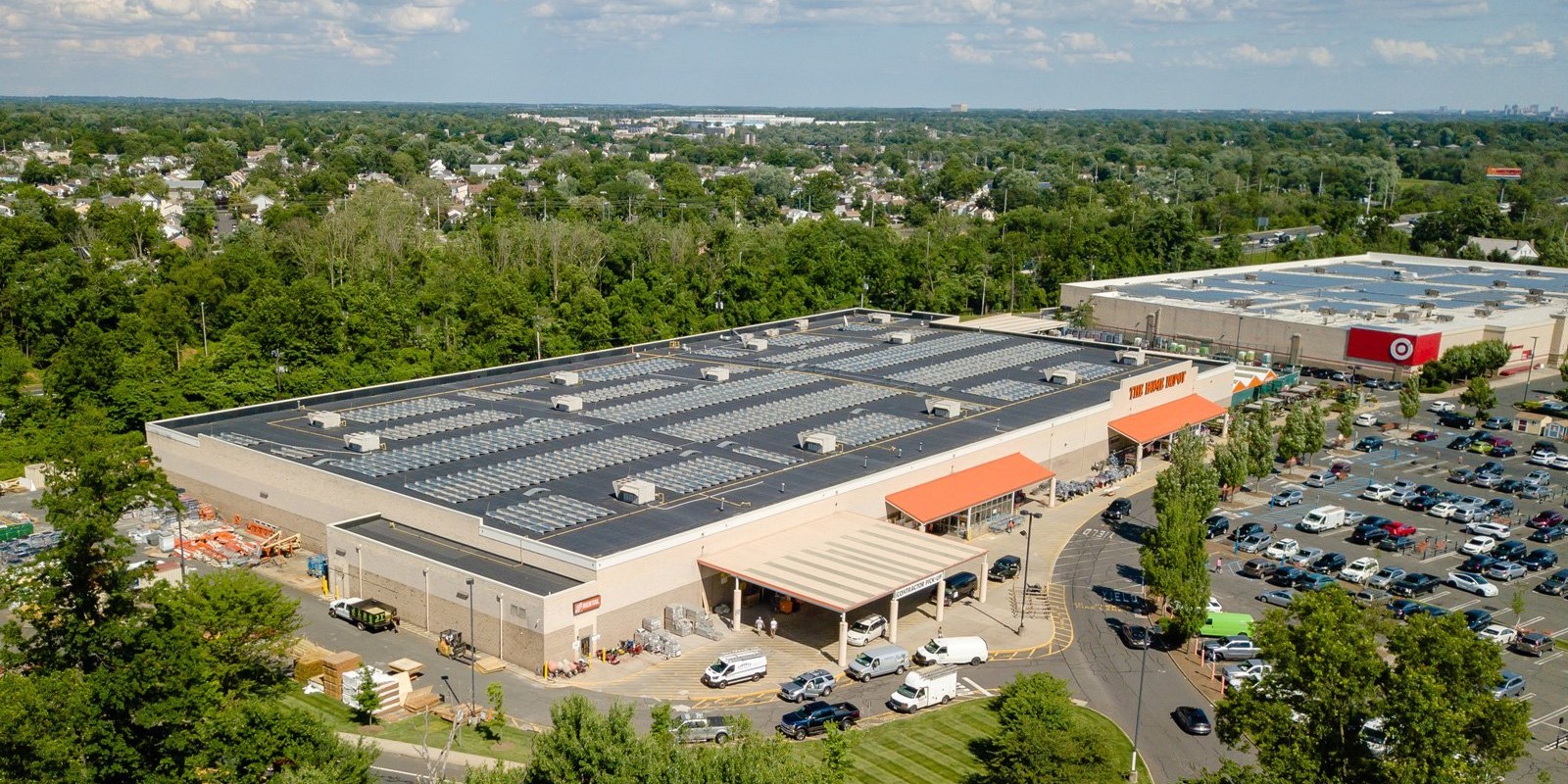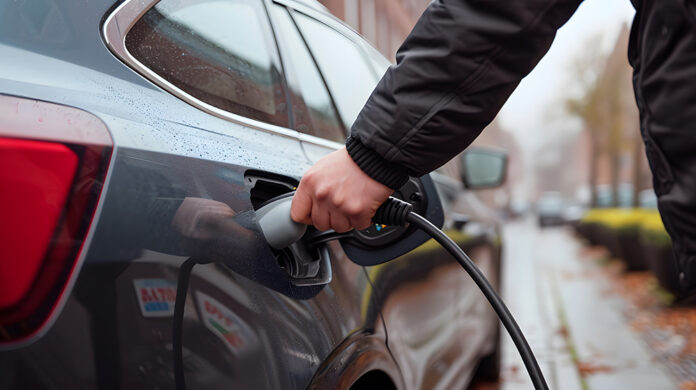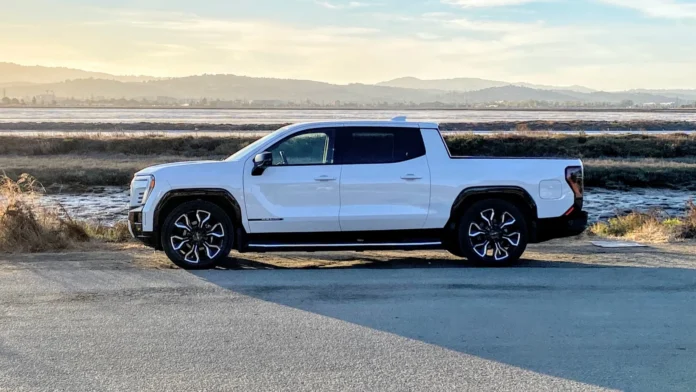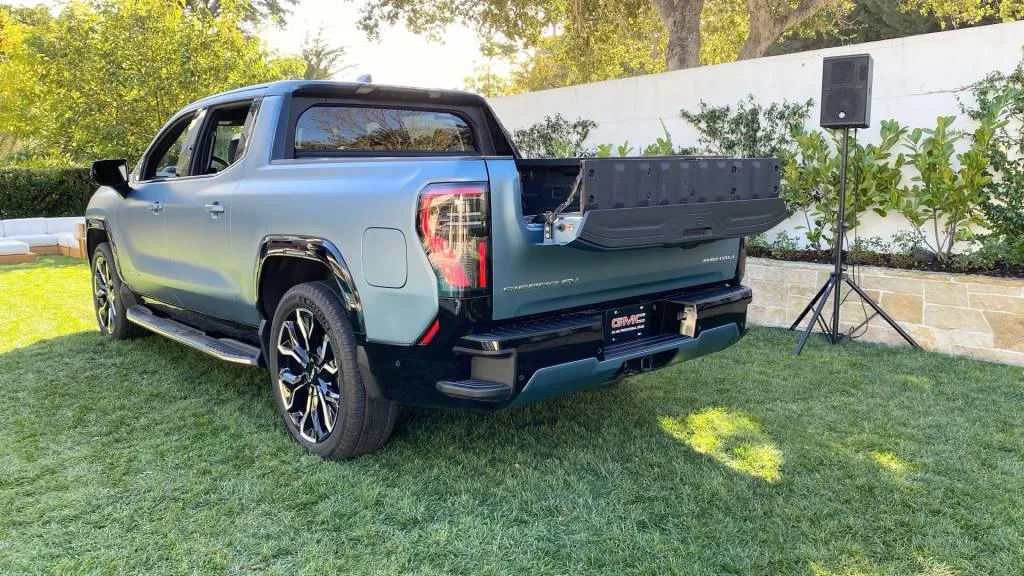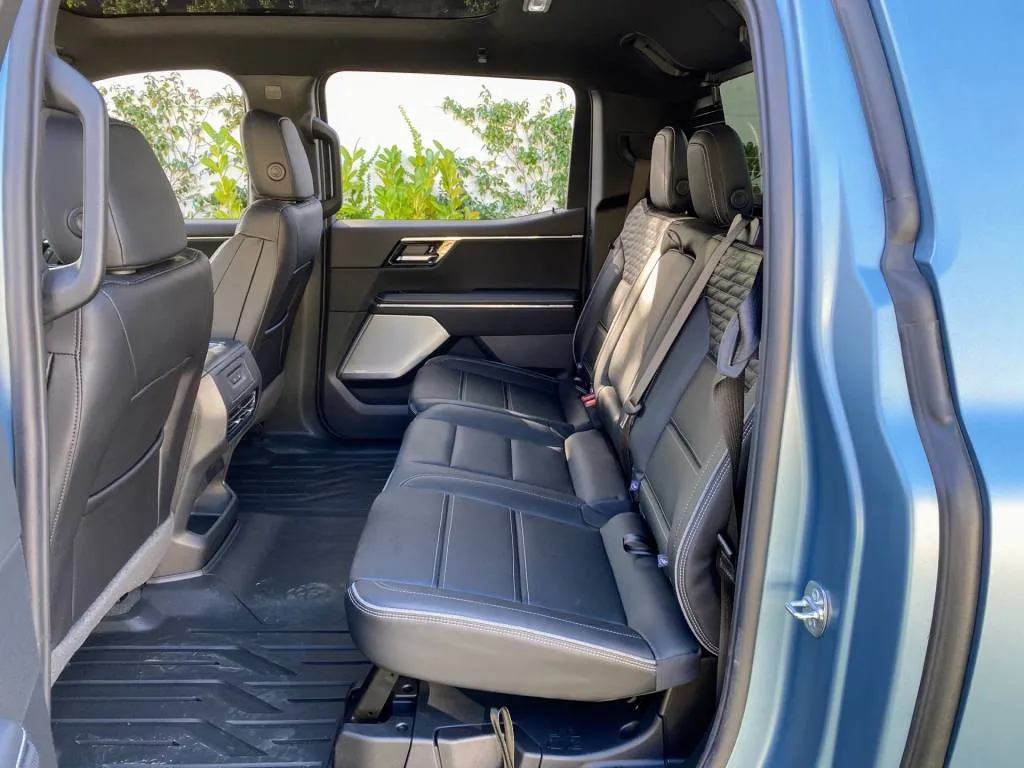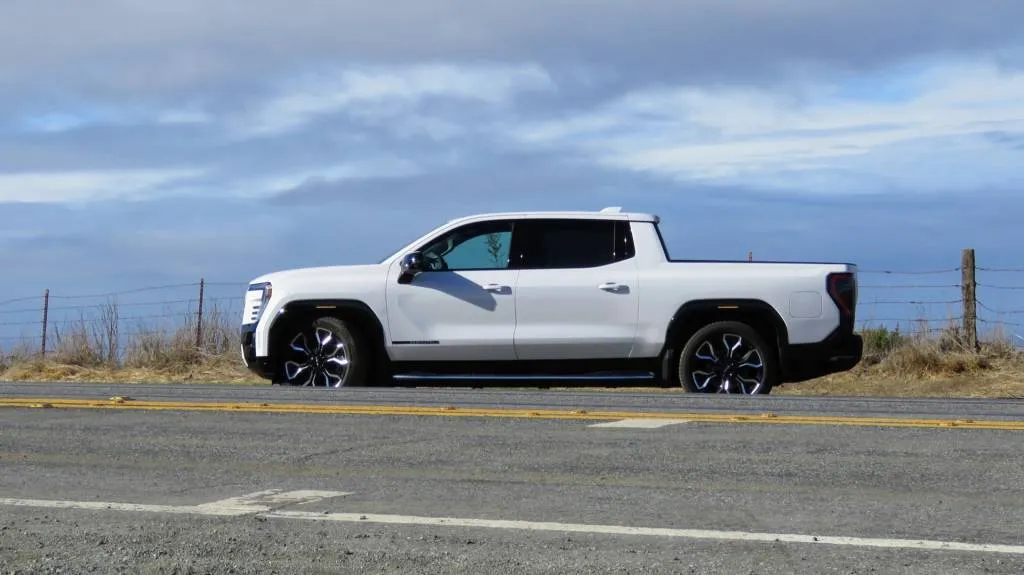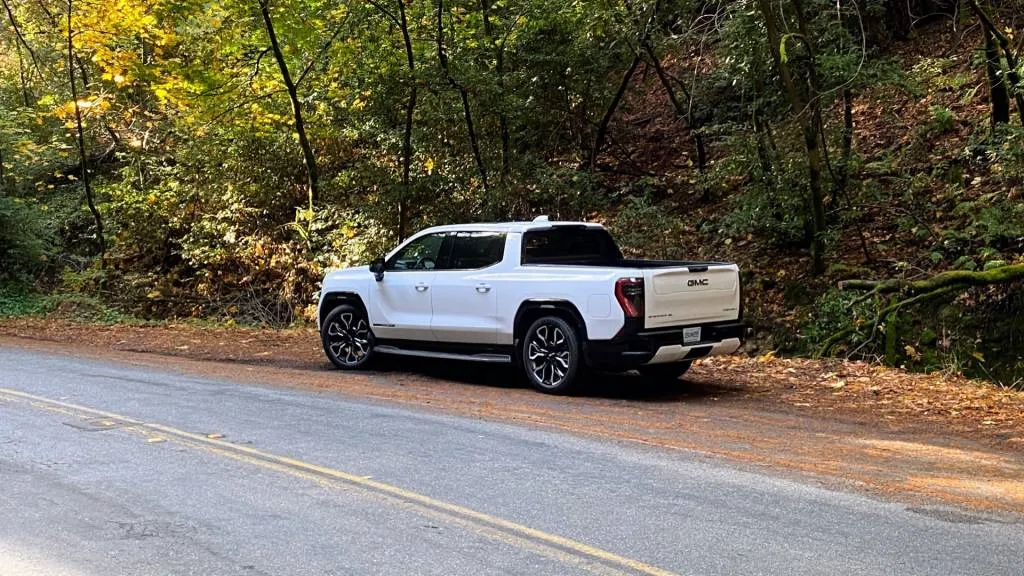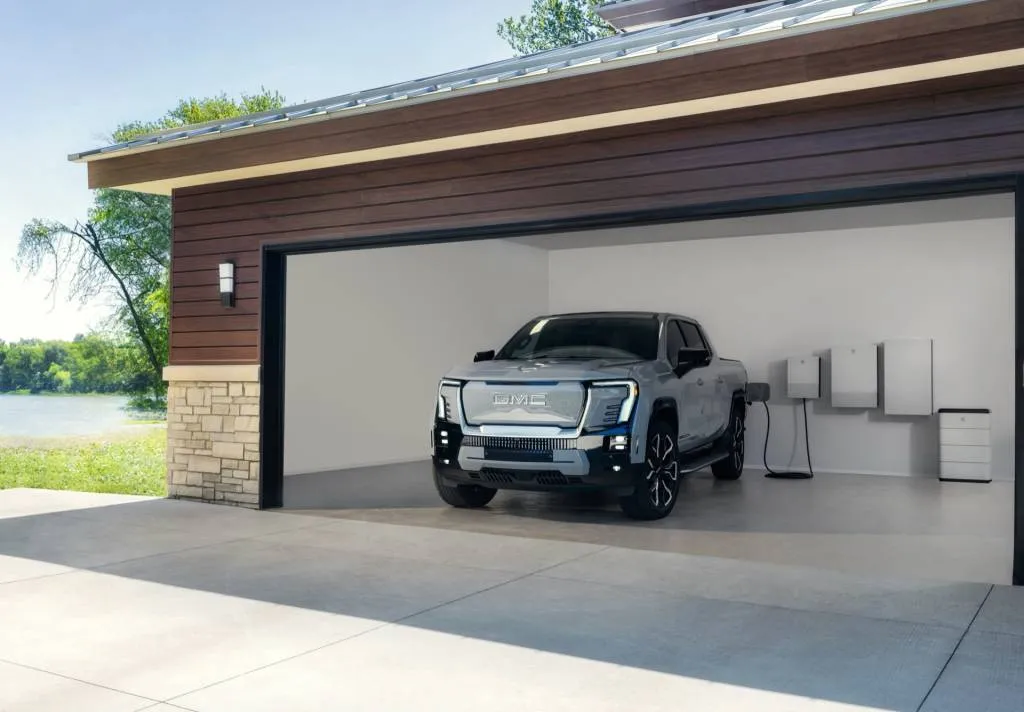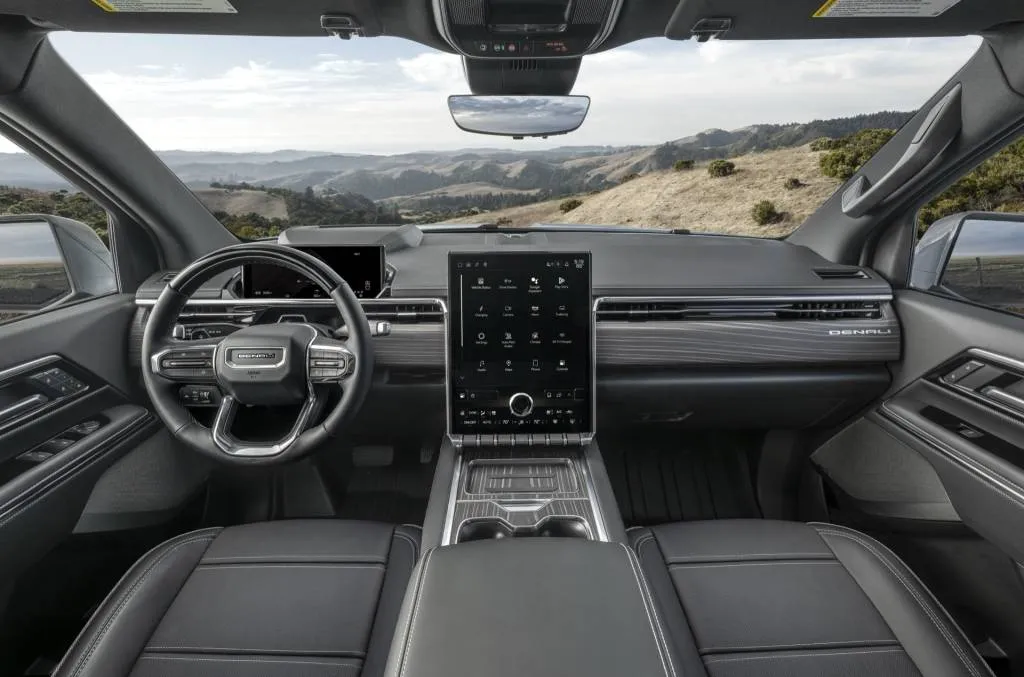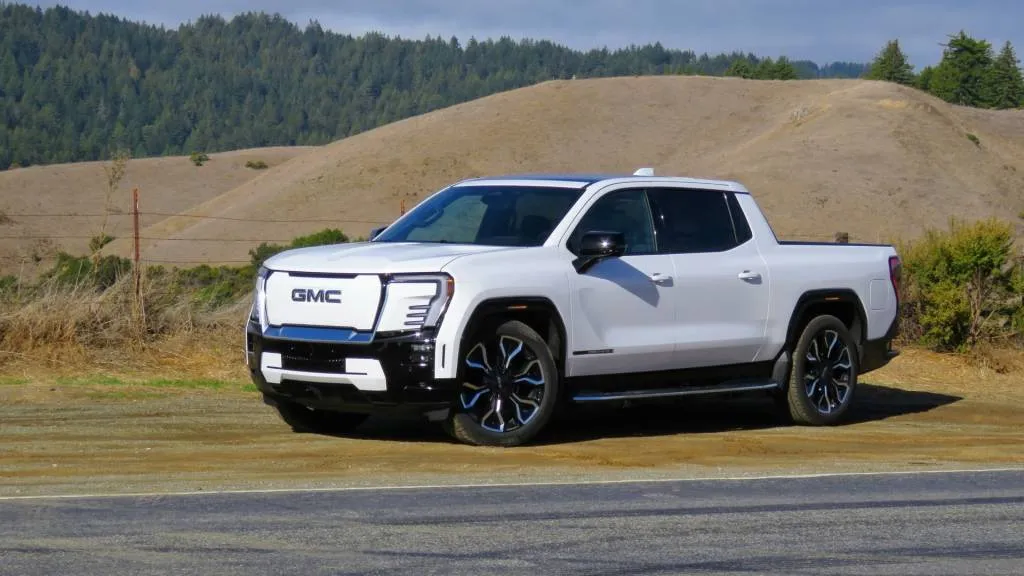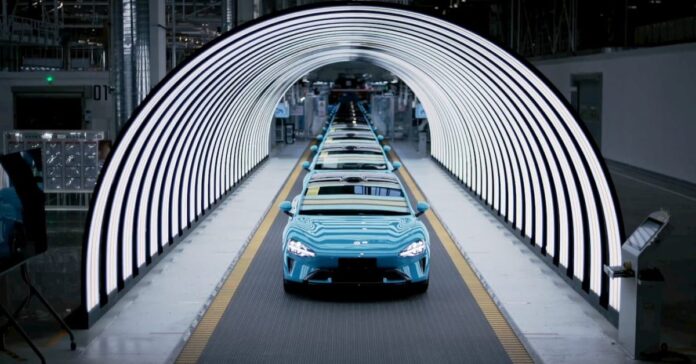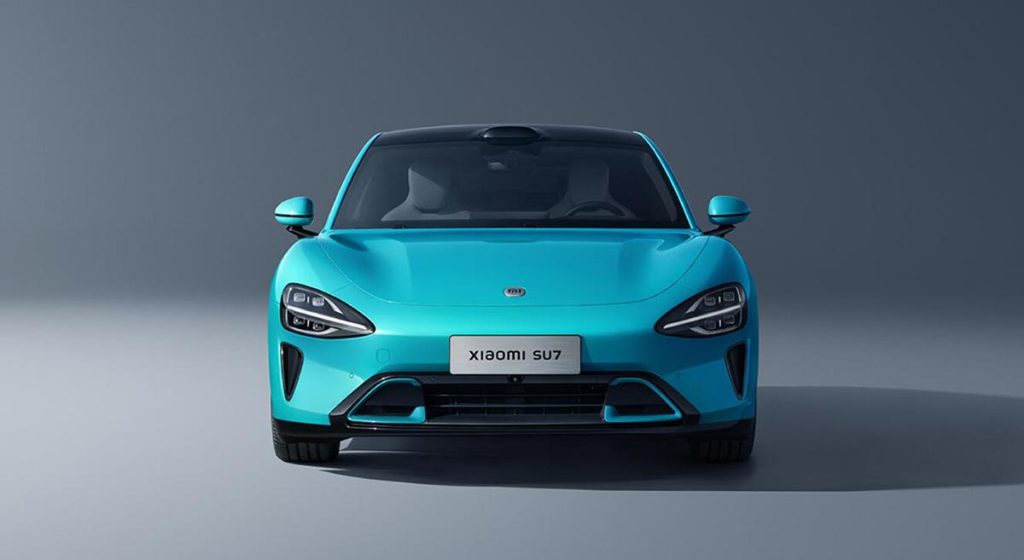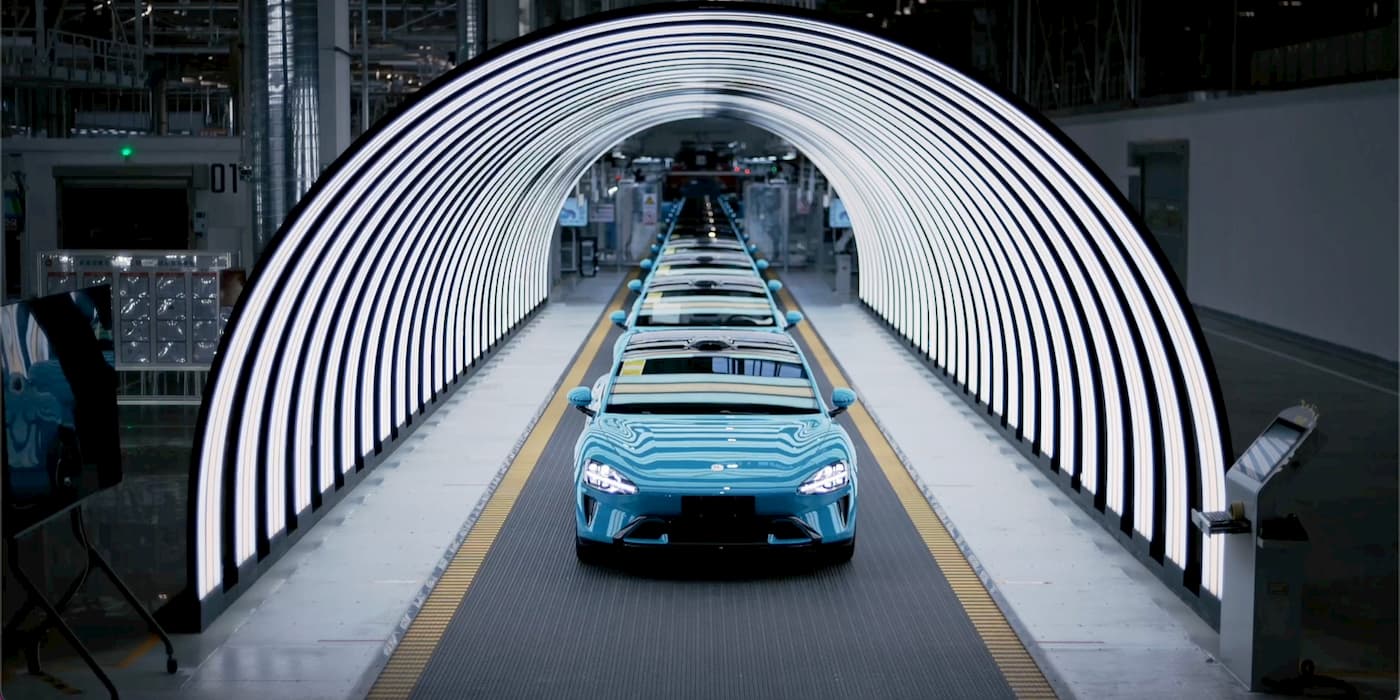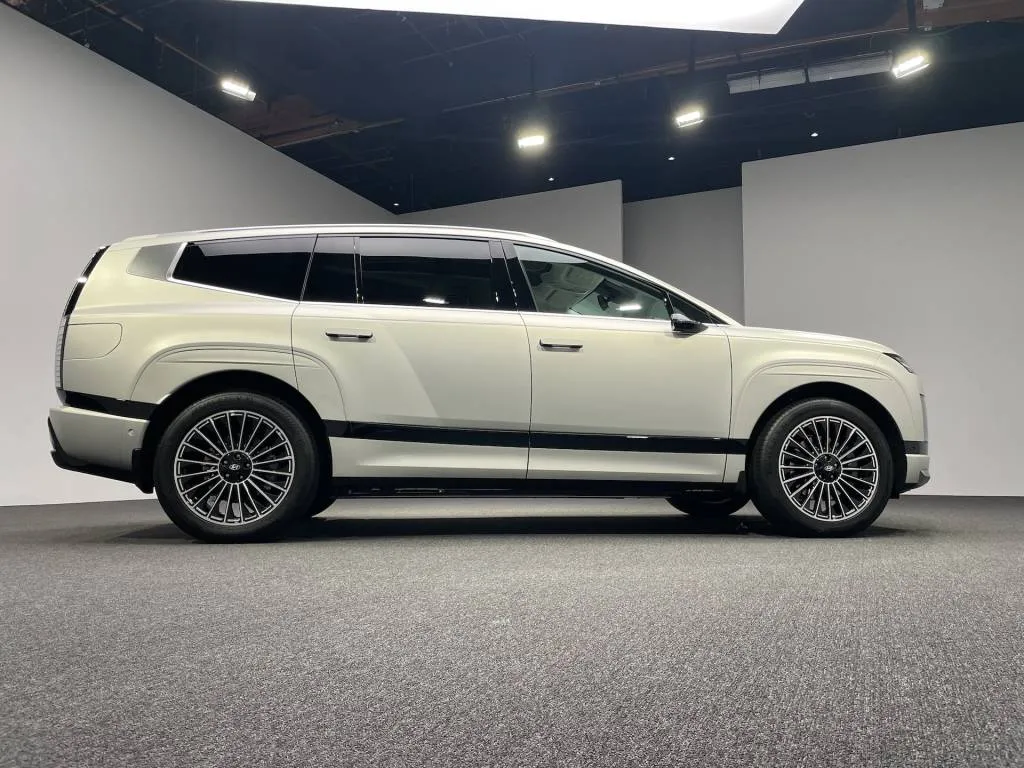
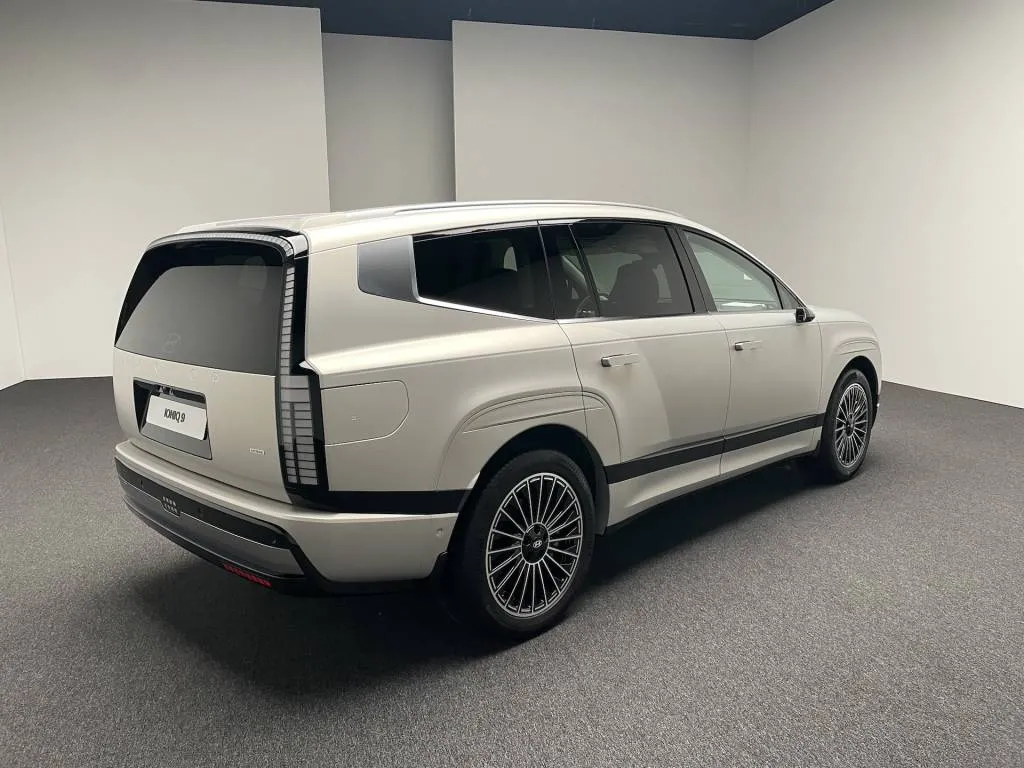
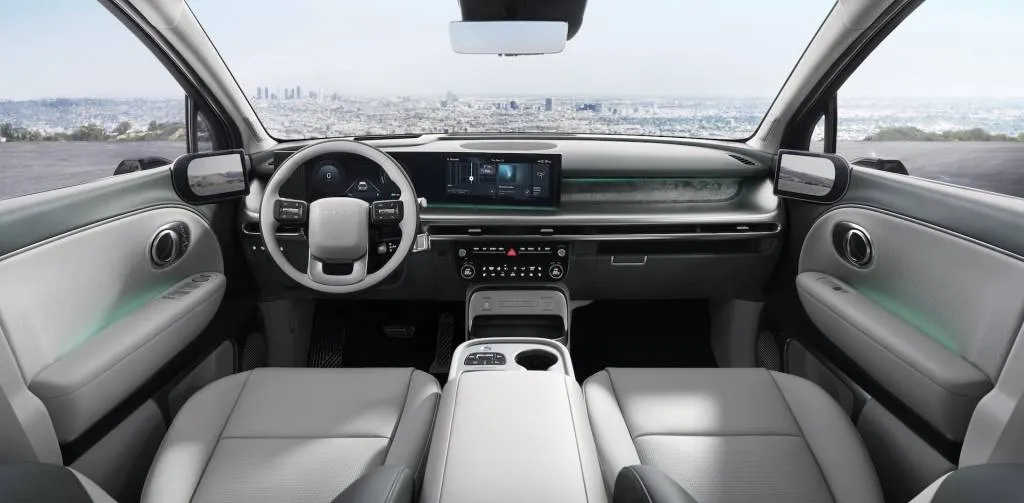
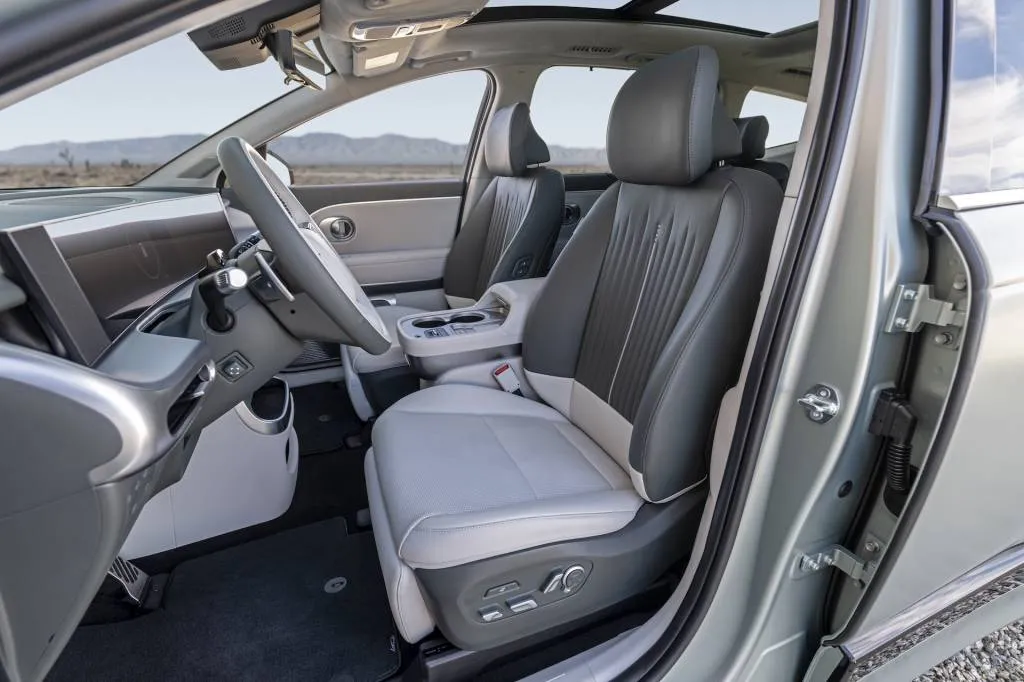

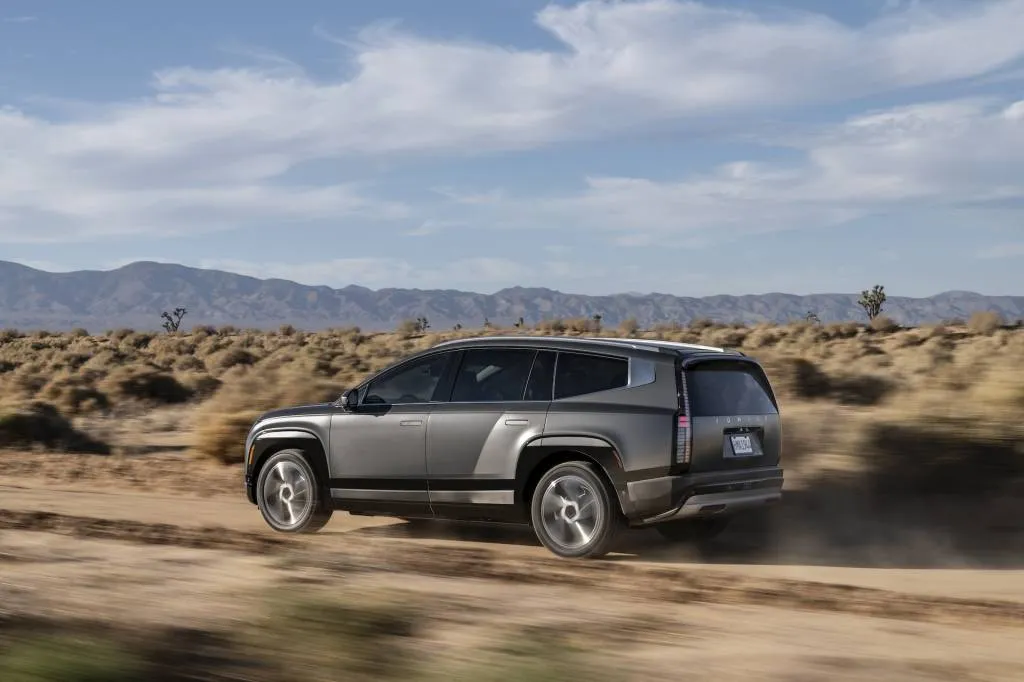
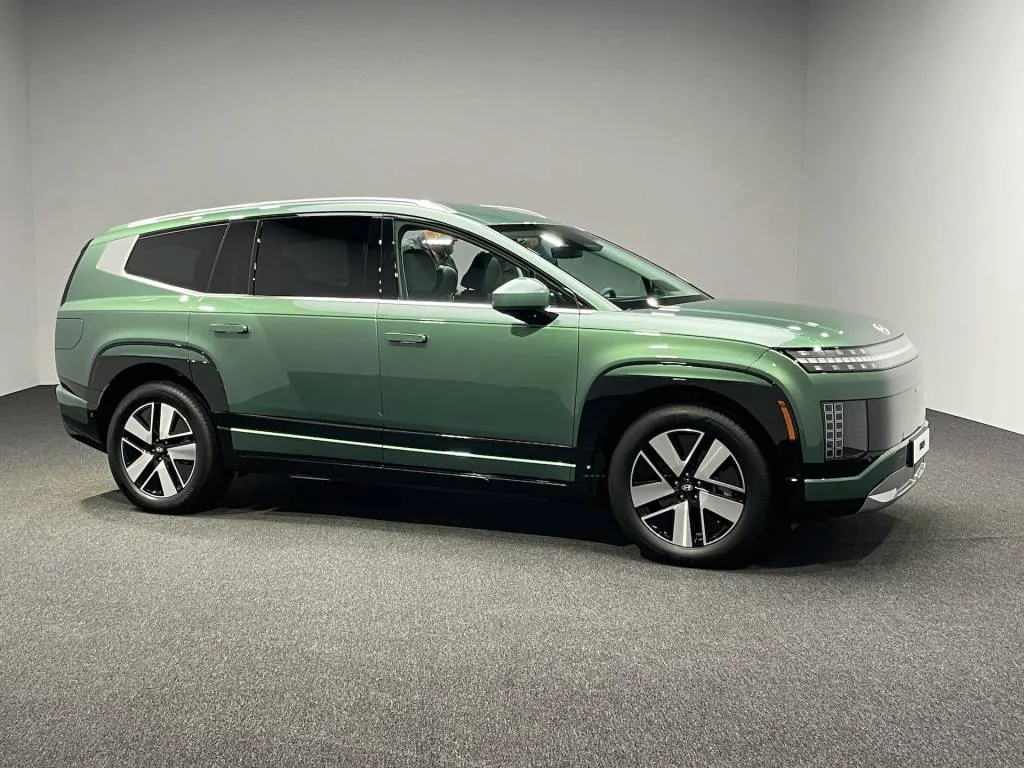
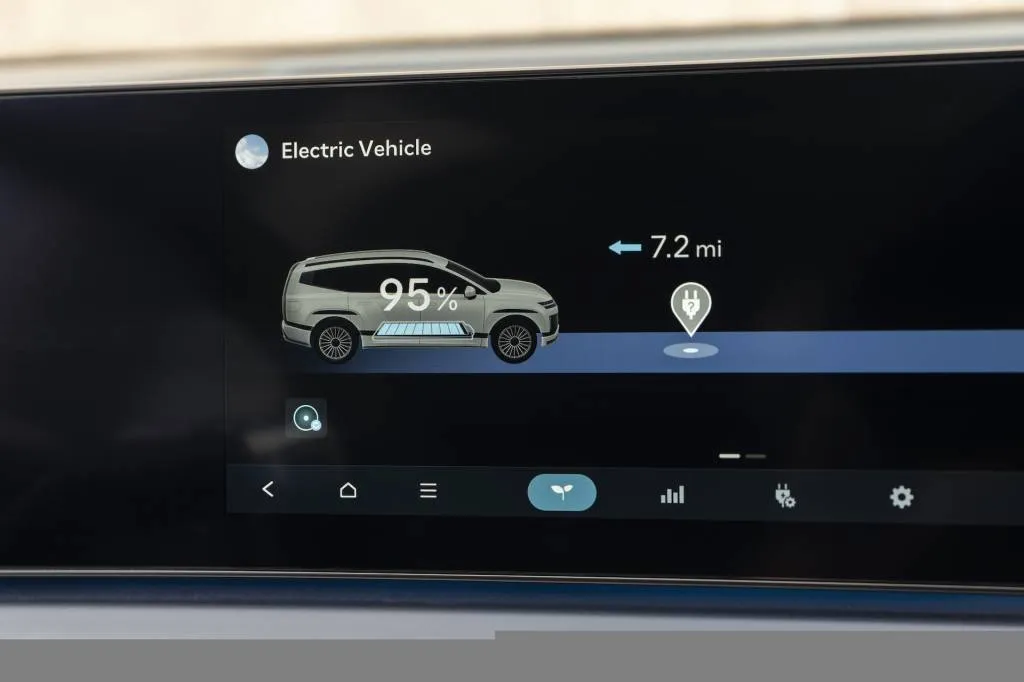
- Ioniq 9 will seat up to seven, has fully reclining first and second
- Aims for 335 miles of range, 24-minute 10-80% fast-charging
- Capable of downloadable Features on Demand, energy sharing
Hyundai’s upcoming three-row EV, the 2026 Ioniq 9, may get closer than any contemporary vehicle to straddling the boundaries between SUV, wagon, and minivan.
Although measuring out to roughly the same size as the Kia EV9, the Ioniq 9 is a completely different form factor—one appearing to be less focused on truck looks and backcountry possibilities, and instead more focused on interior comfort and highway efficiency and range.
It could shape up as a unique rival to other aero-savvy or non-conventional three-row EV designs, including the Lucid Gravity, Tesla Model X, and Volkswagen ID.Buzz.
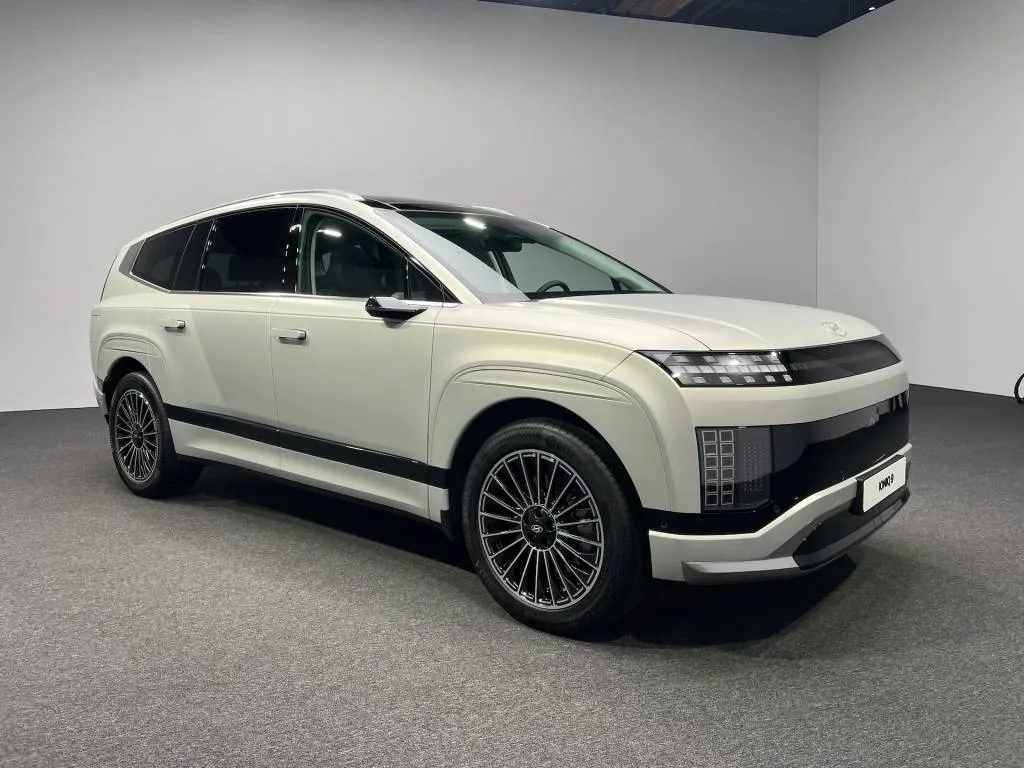
2026 Hyundai Ioniq 9

2026 Hyundai Ioniq 9

2026 Hyundai Ioniq 9
Ioniq 9 styling: Not a boxy SUV
The Ioniq 9 pretty closely follows the shape of the Seven concept from 2021. It pairs a series of linear design aspects—the bitmapped line of lighting across the front, the nearly level beltline crease, and the straight-back lower-body trim—with a roofline and sides that softly taper, extending almost in a boattail shape.
That results in a coefficient of drag of just 0.269—remarkably good for an SUV, and an asset in providing a projected EPA range of up to 335 miles from just 110.3 kwh.
The Ioniq 9 is 199.2 inches long—about two inches longer than the EV9. That makes it the largest vehicle yet to be built on its E-GMP dedicated EV platform, which also underpins the Ioniq 5 crossover, Ioniq 6 sedan, Kia EV6 wagon, Kia EV9 SUV, and Genesis GV60 hatchback.
It rides on a 123.2-inch wheelbase, which is 0.2 inch longer than the EV9’s and the longest of any model from Hyundai. A flat floor, enabled by bypassing worries about locating the fuel tank, exhaust pipes, and more, helps package roomier seating and more cargo space than comparably sized combustion vehicles.

2026 Hyundai Ioniq 9

2026 Hyundai Ioniq 9

2026 Hyundai Ioniq 9
Ioniq 9 interior: Spacious and futuristic
The cabin has a futuristic look, with a “floating dashboard,” slim vents, and ambient lighting. Six two-tone combinations are offered to complement (or contrast with) 16 different exterior colors, and eco-savvy materials are used throughout.
The front seats have armrests, and a center console allows a walk-through area in front and is in reach of the second row. It can slide back by up to 7.5 inches and has two layers of tray storage, with the lower one sliding. Frunk space—with an electric opener—stands at 1.8 or 3.1 cubic feet (depending if you have a motor up there), while the rear cargo area has 21.9 cubic feet with the second and third rows in place.
Hyundai notes that the first and second rows can fully recline and have leg rests, “allowing up to four people to rest during vehicle charging,” it says. The Ioniq 9 also has a massage function for the driver seat.
Camera side mirrors and second-row swiveling seats are feature points included with the auto-show debut, but Hyundai has said they won’t arrive in the U.S. version.

2026 Hyundai Ioniq 9
Three Ioniq 9 models, up to 335 miles
The Ioniq 9 will be offered in three configurations: Long-Range RWD, Long-Range AWD, and Performance AWD. All three versions have a 215-hp (160-kw) motor at the rear wheels, but the Long-Range AWD has a 93-hp (70-kw) motor in front while the Performance AWD gets 215-hp motors front and rear. The Long-Range RWD will return that estimated 335 miles, but Hyundai says it aims for more than 300 miles of range for all versions.
Hyundai quotes a 0-60 mph time of 4.9 seconds for the Performance model, while the two other versions are pegged at 6.2 and 8.4 seconds. It can tow up to 5,000 pounds and includes a towing mode that focuses on a 50:50 torque distribution, varying it as needed. Additional drive modes will include Normal, Eco, Sport, and a customizable MyDrive mode. Sand, Mud, and Snow off-road modes cater to specific terrain types.
The Ioniq 9 rides on a four-wheel independent suspension, with a MacPherson strut front suspension and a multi-link rear, plus self-leveling dampers and vibration-isolating hydro-bushings. It uses torque vectoring for ride and stability.

2026 Hyundai Ioniq 9
Ioniq 9 gets serious about aero and noise reduction
Aerodynamics are aided by an active air flap system and flush body panels. It also has a new type of door-closure mechanism that Hyundai says will assure a better fit-and-finish. According to Hyundai, this is also the first model from the automaker to get aluminum fenders and quarter panels, which helps cut weight. Hyundai has said the Ioniq 9 will weigh between 5,500 and 6,000 pounds.
It also includes an active noise control system that focuses on combating road noise, which can be especially noticeable in EVs. The Bose 14-speaker sound system that’s available includes a so-called e-Active Sound Design feature that creates different EV driving sounds.
Hyundai also notes that 100-watt USB-C ports are provided in all three rows. Also noteworthy is an available multi-tray UV-C sterilizer that can disinfect phones or masks, though it’s unclear if that feature is coming to our shores.

2026 Hyundai Ioniq 9
Ioniq 9 charging times, energy sharing
With a 350-kw charge connector, the Ioniq 9 can get from a 10-80% charge in just 24 minutes, according to Hyundai. It has vehicle-to-load (V2L) convenience for outputting power through AC sockets—in the cargo area. It will use the NACS (Tesla-style) charge port.
Charge status is now represented by four green dots on the steering wheel, and Hyundai is introducing a “refined EV Route Planner” with the Ioniq 9, plus “improved battery consistency” and new energy displays.
A 12.0-inch gauge cluster and 12.0-inch infotainment system are set across a curved display. Hyundai has added an expanded AI voice assistant, while it hopes to roll out optional features for download—called Features on Demand—that might include dynamic lighting or music apps.
The Ioniq 9 has 10 airbags, and improved third-row passenger protection, along with automatic emergency braking, active lane control, blind-spot monitors, and many other active-safety systems.
Hyundai says that the Ioniq 9 will be launched in Korea and the U.S. in early 2025, with Europe and other markets to follow. Expect starting prices around $60,000, ranging near or past $80,000 for the top Performance version. The Ioniq 9 will be made in Georgia and is expected to qualify for the full $7,500 federal EV tax credit.

Source link by Green Car Reports
Author news@greencarreports.com (Bengt Halvorson)
#Hyundai #Ioniq #smooths #electric #SUV #form

